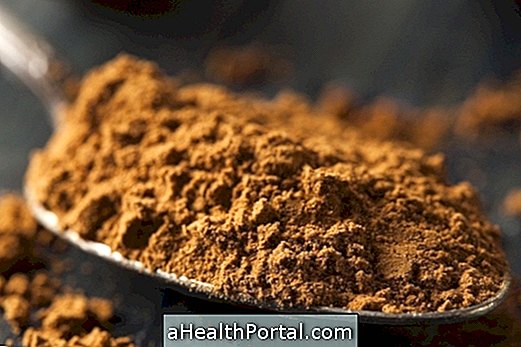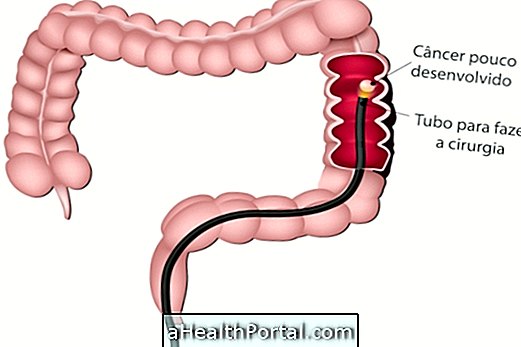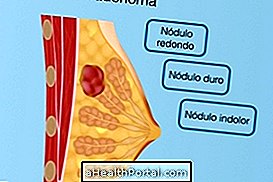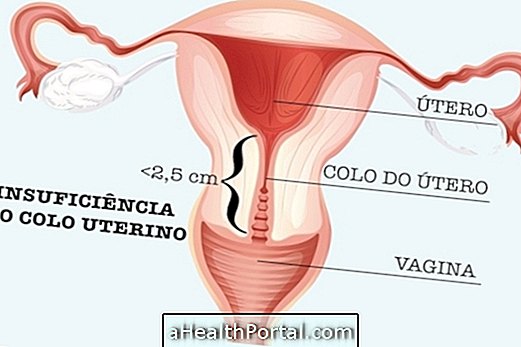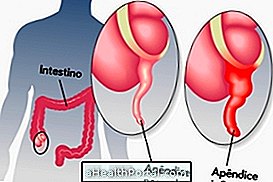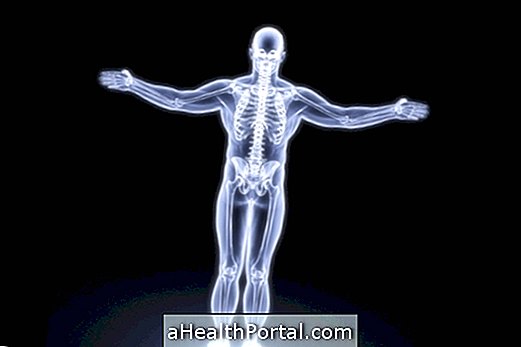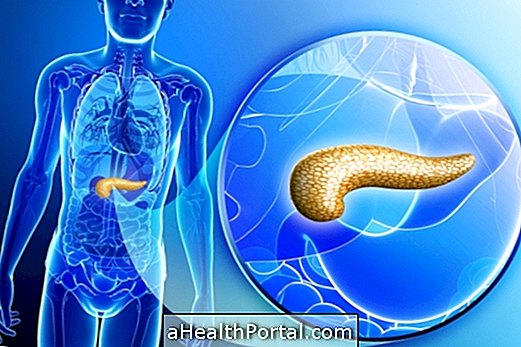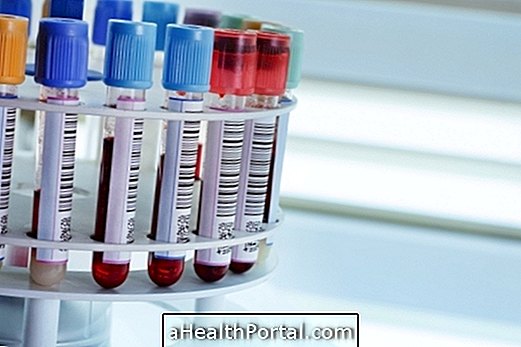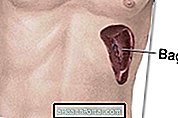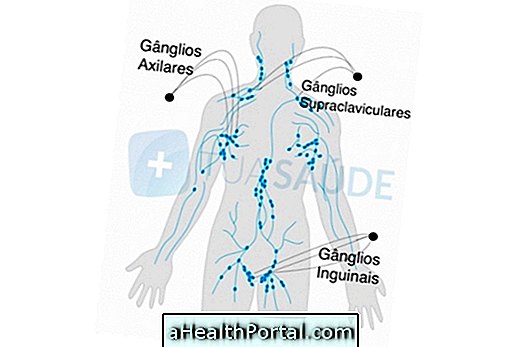Marburg hemorrhagic disease is a rare disease caused by the Marburg virus, which is very serious and potentially fatal.
Symptoms of Marburg's Disease
There are symptoms of Marburg's disease:
- Sudden high fever;
- Headache;
- Muscle pain;
- Tiredness;
- Diarrhea;
- Abdominal pain;
- Nauseation and vomiting;
- Chest pain and sore throat;
- Loss of appetite and weight loss;
- Inflammation of the eyelids;
- Skin and yellow eyes;
- Inflammation of the intestine and pancreas;
- Spots on the skin;
- Bleeding from the nose, blood in the stool and urine;
- Irritability, mental confusion;
- Brain inflammation, delusions and convulsions.
The incubation period of the virus varies from 3 to 9 days until the first symptoms of the disease appear.
Transmission of Marburg disease
Marburg's disease is transmitted through contact with body fluids such as blood, urine, vomit, semen, cough, sneezing, feces and saliva from a contaminated individual, and as soon as the disease is diagnosed, the patient in isolation.
Treatment for Marburg disease
The treatment for Marburg disease is not specific and consists of controlling the symptoms of the disease, so the mortality rate is high, in some places it reaches 25% and in others it reaches 92%.
Some therapeutic options include: supportive therapy such as balancing the patient's fluid and mineral salts, maintaining oxygen and replacing lost blood. In some cases a plasma transfusion can be done to replace the proteins needed for coagulation.

